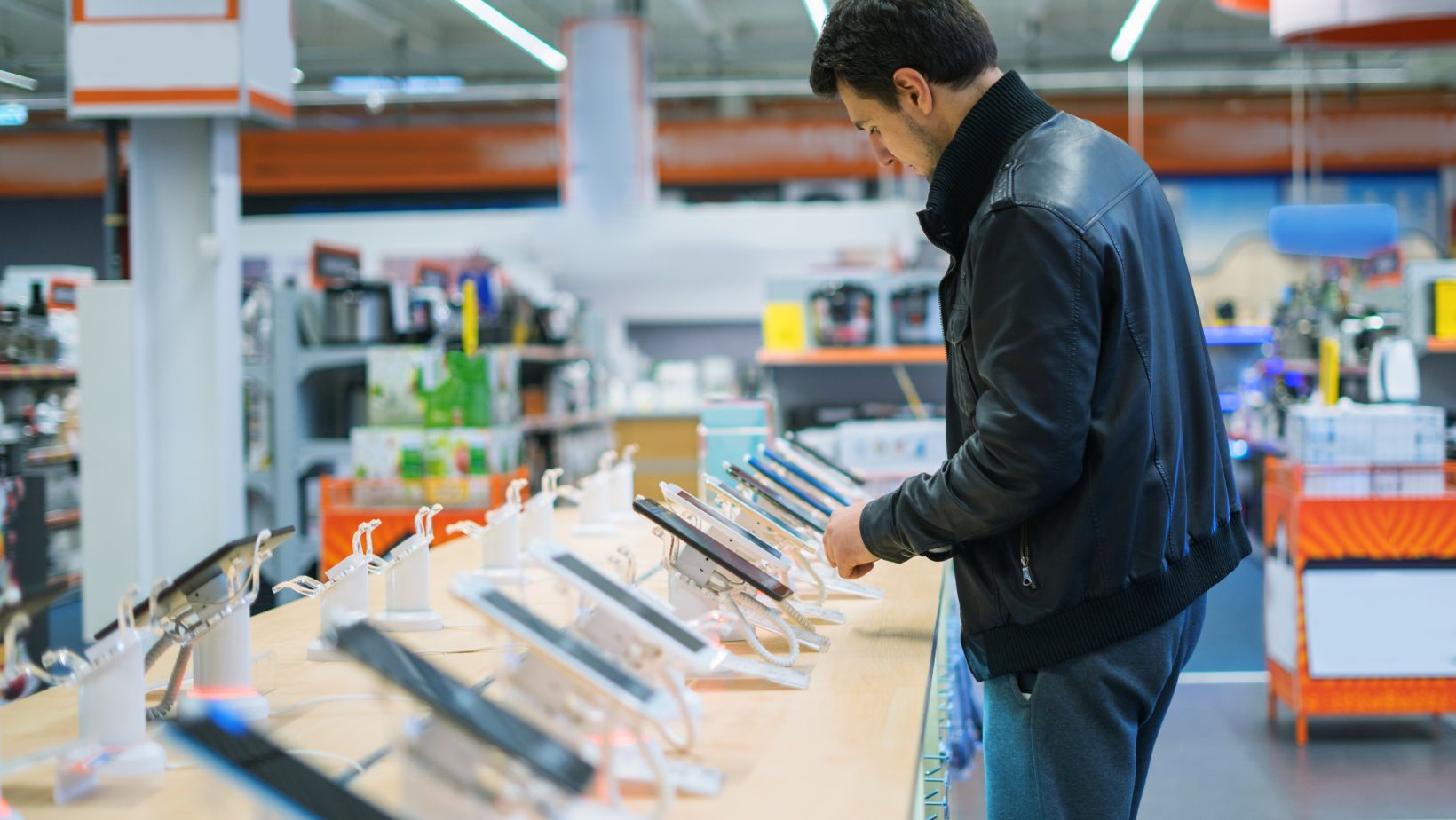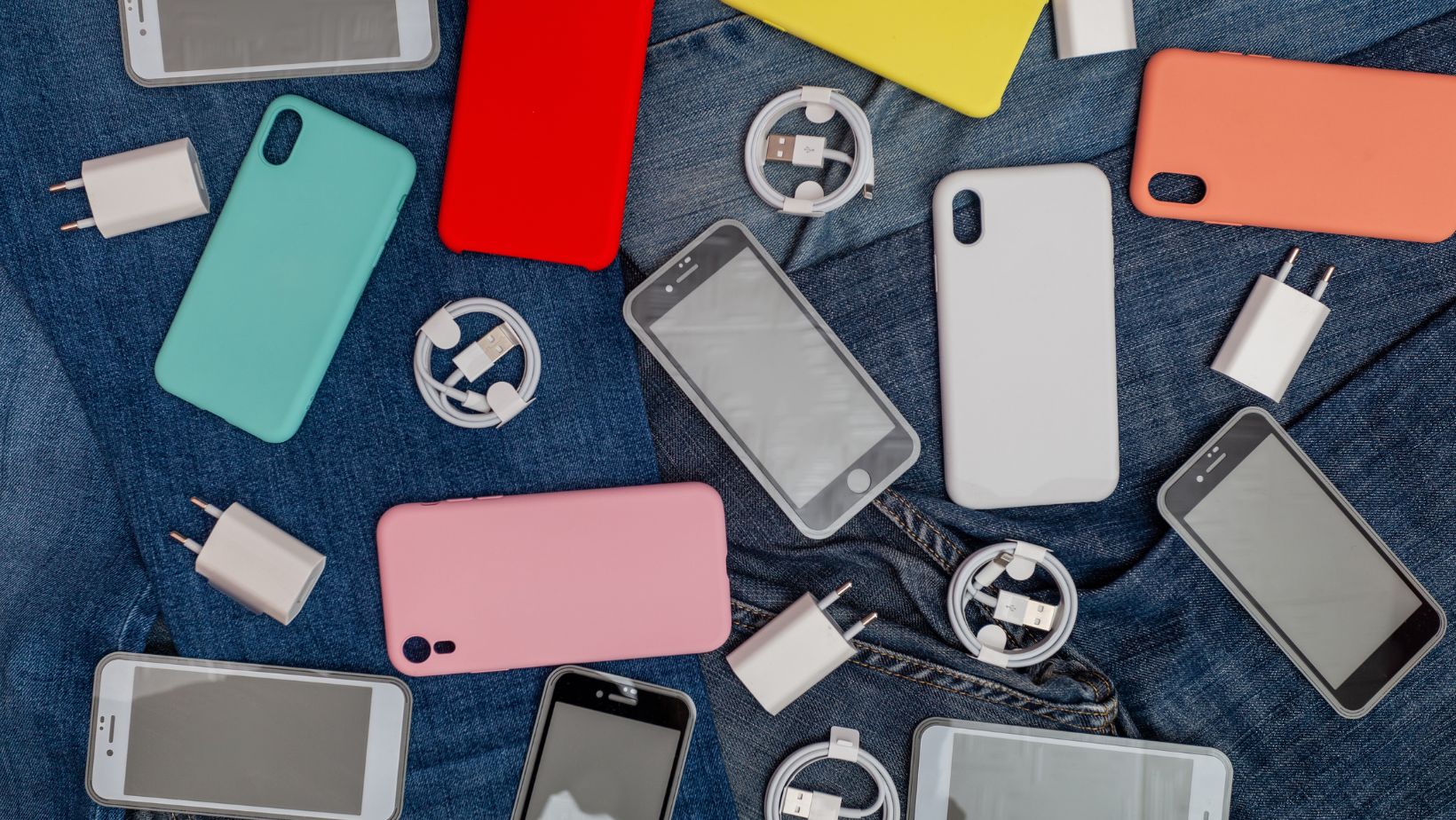Our smartphones have become indispensable extensions of ourselves. People might think the idea of having a chip inserted under their skin is futuristic, but nearly all of us are more than happy to have a device in our pocket that monitors all kinds of things about us. Our phones know how many steps we have taken, over what distance and how evenly we walked. We no longer have to carry a camera, wallet, book, music player or possibly even car keys! Everything we need is in one place. As long as we have a powered-up device, we do not need to worry about anything other than losing it!
Everything, Everywhere, All At Once
Without more than a few seconds’ thought, we know that as long as we know where our phone is, we are ‘good to go’. It is not until we are out of juice or our phone gets stolen that we suddenly realize just how dependent we are on smartphone technologies. Remember when we had to have sat naves or separate gaming devices? Sure, we might choose to have these now for additional services, but for most people in Canada, their mobile is an all-around device that they use for everything from finding a new online casino to navigating to a location or booking vacation accommodation.
Just when we think our phones could not get any more perfect, those clever tech wizards astound us with something new and then, within the blink of an eye, we start using it and wonder how we ever survived without out in the first place. You only have to consider the changes in the last one, five or ten years to realize just how far we have come. While there is a concern about how much the tech bros are dominating our lives, we seem addicted to the services they offer us.
So what are the latest technologies that, before long, we will be unable to live without?
Mobile Artificial Intelligence
We cannot fail to have noticed that the top talking point in 2025 is Artificial Intelligence (AI). Some fear that it will take over the world, while others see it as a path to freedom and social equality. While robots have yet to take over the world, AI is making serious inroads, particularly in the mobile sector. You will already be familiar with Siri, Alexa, Cortana and Google Assistant. But now, other apps are using voice recognition and embedded AI to enhance the user experience. AI is used to bridge gaps for voice recognition. Improved understanding of the user’s voice helps developers and marketers better understand the person using the service.
Location-Based Services
Geofencing and location-based services track users’ location, and many of us give our devices permission to do so for ourselves, family members and friends. When you download and use a new app, you are asked to grant permission for the app to access your location. You cannot use some apps unless you share your location – those like Uber or Lyft need to know exactly where you are.

However, all kinds of companies are now requesting this data to improve their marketing efforts. It is reported that 70% of apps share their data with third parties. Then, if someone with a geofenced downloaded app walks into a particular location, they will get a push notification with an offer to encourage them to make a purchase or use the app in one way or another. We can expect to see more marketing using geofencing and locations in the coming months – it is all about monetization. The product is the consumer.
Augmented Reality
We have been using augmented reality in apps and games like Pokemon Go for some time now. The game has been downloaded more than 750 million times and generated $1.2 billion in the process. There are 5 million active daily players across the globe. Unsurprisingly, other game developers are keen to get a piece of the action. Augmented reality makes fictional characters appear as if they are actually in real-life surroundings that you can see on your phone screen. Expect a whole slew of apps to be released incorporating AR – some will be considerably better than others, of course.
Wearables
The tech that pairs wearables to our smartphones is becoming more and more sophisticated. Smartwatches, fitness bracelets, glasses and healthcare monitors have been around for a while. While some things like steps and distance are accurately recorded, there has been scepticism about people relying on their devices for measuring heart rate, blood pressure or other vital signs.

With 125 million bits of wearable kit set to be shipped to customers in 2025, the developers have been working on making the health data more reliable. Your phone is not yet interchangeable with a qualified nurse, but it is a great way to compare data and see how your fitness improves over time.
Biometrics
Biometrics are another part of the mobile world that we take totally for granted. From fingerprints to voice, signature, and facial recognition, this technology is so commonplace that we are surprised if we are asked to enter a passcode. Facial recognition is becoming increasingly sophisticated and can now work even if we are wearing dark glasses. Many apps are enabling fingerprint and facial recognition in conjunction with two-factor authentication for improved security.
Hardware Tech Advances – Is Foldable The Future?
Foldable devices are still loitering on the edges of mass take-up. They only accounted for 3% of smartphone sales in 2024, and sales are not expected to skyrocket. Despite heavy-weight marketing pushes, consumers are still hesitant. Despite thinner designs, improved hinges and longer life, consumers remain convinced. The prices are high, and the manufacturers have yet to develop a compelling reason to persuade consumers that a foldable screen is better than what they have. While the tech might be there, the market has not been developed – the narrative is not compelling.
Manufacturers will need to demonstrate noticeable benefits to persuade consumers to switch to foldable devices. The prices will need to come down, too, but that is the Catch-22 situation. Unless sales increase, prices will remain high. However, sales will only increase if prices go down. Foldable technology might be clever, but it may never be used to its full potential.
